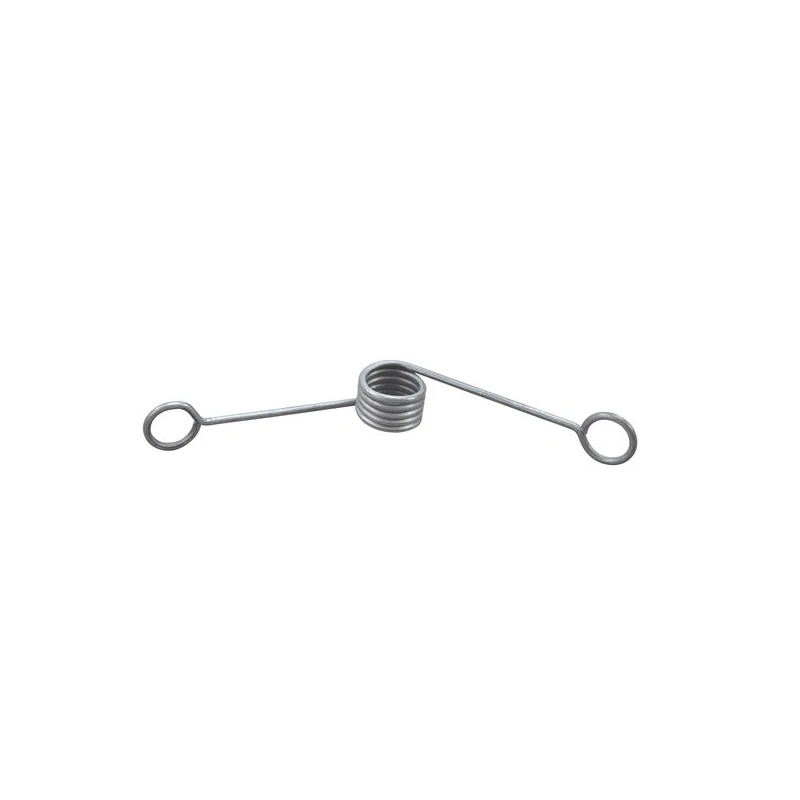
- Mobile Phone
- +8613931874955
- sales@cntcmetal.com
Spacers for Strengthening Reinforcing Mesh in Construction Applications
The Importance of Spacers for Reinforcing Mesh in Construction
In the realm of construction, ensuring that structures can withstand the test of time and various environmental stressors is paramount. One of the critical components in achieving strong concrete structures is the use of reinforcing mesh, commonly known as rebar mesh. However, the effectiveness of this mesh is significantly influenced by the utilization of spacers, which play a vital role in maintaining the correct positioning of the mesh within concrete elements.
Understanding Reinforcing Mesh
Reinforcing mesh consists of a grid of steel bars or wires, strategically placed within concrete to enhance its tensile strength. Concrete exhibits excellent compressive strength but is relatively weak under tension. By incorporating reinforcing mesh, engineers can dramatically improve the overall structural integrity of beams, slabs, and other concrete components. The mesh serves to distribute loads evenly across the structure, helping to prevent cracking and failure.
The Role of Spacers
Spacers are small devices made from various materials, including plastic, metal, or concrete, designed to maintain the specified distance between the reinforcing mesh and the surface of the concrete. This distance, or cover, is essential for several reasons
1. Corrosion Protection One of the primary functions of spacers is to ensure that the reinforcing mesh is adequately covered by concrete. This concrete cover acts as a protective layer, shielding the steel from moisture and chemical exposure that could lead to corrosion. Proper spacing prevents exposure and significantly extends the lifespan of the reinforcement.
2. Structural Stability Spacers help maintain the correct location of the mesh during the placement of concrete. If the mesh shifts, even slightly, during pouring, it can lead to areas of weakness in the finished structure. By keeping the mesh stable, spacers contribute to the overall stability of the concrete element.
3. Load Distribution Proper alignment of the reinforcing mesh ensures that loads are distributed evenly across the entire surface area. Spacers assist in maintaining the necessary orientation of the mesh, allowing it to perform effectively under various load conditions. This is particularly important in applications such as pavements and slabs, where load distribution is critical for preventing deformation and failure.
spacers for reinforcing mesh

4. Quality Assurance Using spacers simplifies the construction process and increases quality control. With predetermined spacing, contractors can ensure consistent placement of the reinforcing mesh and minimize the risk of human error. This consistency contributes to better overall construction quality and adherence to engineering specifications.
Types of Spacers
Spacers are available in various designs and materials, each suitable for different applications within construction
- Plastic Spacers Lightweight and non-corrosive, plastic spacers are commonly used due to their resistance to various chemicals and moisture. They are ideal for use in structures exposed to harsh environmental conditions.
- Concrete Spacers These are made from concrete and can provide a stable and durable option. They are particularly useful in larger structural elements, where significant load-bearing capacity is needed.
- Metal Spacers Often used in high-strength applications, metal spacers can provide added strength and durability. However, they require careful installation to prevent rust and corrosion.
Conclusion
In conclusion, spacers for reinforcing mesh are an indispensable component in modern construction practices. They play a critical role in protecting the reinforcement from corrosion, ensuring structural stability, facilitating proper load distribution, and enhancing overall construction quality. With the variety of spacer materials and designs available, contractors can select the most suitable options to fit their specific project requirements. As construction techniques continue to evolve, the integration of effective spacer solutions will remain vital in building safe and enduring structures. By prioritizing the use of quality spacers, the construction industry can ensure that our infrastructures withstand not only the environmental challenges they face but also the test of time.
share:
-
Why Sacrificial Formwork Is Redefining Underground ConstructionNewsJun.06,2025
-
The Structural Dynamics of Modern Concrete: How Snake Spacers Revolutionize Flexible ReinforcementNewsJun.06,2025
-
Snake Spacers Smart-Lock Concrete Reinforcement with Surgical PrecisionNewsJun.06,2025
-
Snake Spacers: Reinforcement Precision for Modern Concrete ProjectsNewsJun.06,2025
-
Snake Spacers Powering Concrete's Structural DNANewsJun.06,2025
-
Slither into Success: Snake Spacers' Precision Bite for Unbreakable ReinforcementNewsJun.06,2025
-
Sacrificial Formwork: Building Stronger, Faster, and Safer StructuresNewsJun.06,2025



















